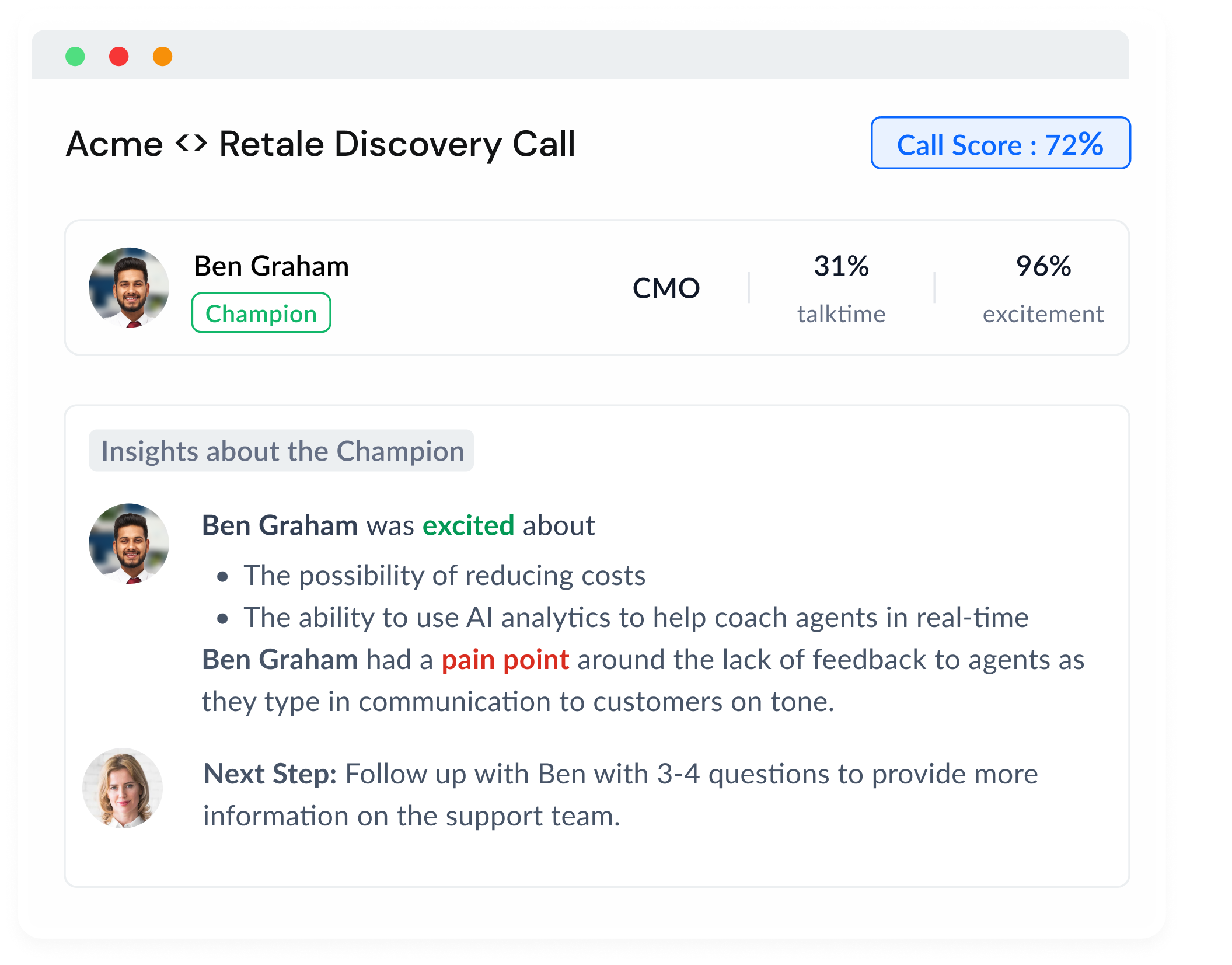Understanding the distinction between a sales pipeline and a sales funnel is crucial for businesses looking to streamline their sales processes and maximize revenue. Although the terms are often used interchangeably, they refer to different aspects of the sales journey. In this blog post, we will explore the differences between sales pipelines and sales funnels, and outline their respective roles in driving sales success.
Sales Pipeline: A Step-by-Step Overview of the Sales Process
A sales pipeline represents the series of stages a prospect goes through as they move from being a lead to a paying customer. The pipeline provides a visual representation of the sales process, allowing sales teams to monitor the progress of individual leads and identify bottlenecks or areas for improvement. Common stages in a sales pipeline include:
- Lead generation
- Lead qualification
- Meeting or presentation
- Proposal
- Negotiation
- Closing the deal
A well-defined sales pipeline enables sales teams to track the status of leads and ensure that each prospect receives the appropriate level of attention at every stage. By maintaining a healthy pipeline, businesses can better forecast revenue and allocate resources effectively.
Sales Funnel: The Conversion Journey
While a sales pipeline focuses on the stages of the sales process, a sales funnel is concerned with the conversion rates at each stage. The funnel metaphor illustrates how a large number of leads enter the sales process at the top, and as they progress through the stages, only a smaller number convert into paying customers.
A sales funnel helps businesses identify the effectiveness of their sales strategies by analyzing the drop-off rates at each stage. Typical stages of a sales funnel include:
- Awareness: Leads become aware of the business and its products or services.
- Interest: Leads demonstrate interest in the offerings and seek more information.
- Evaluation: Leads compare the offerings with competitors and consider their options.
- Decision: Leads decide whether or not to move forward with the purchase.
- Purchase: Leads complete the transaction and become customers.
By examining the sales funnel, businesses can pinpoint areas where leads are not converting and refine their strategies to optimize conversion rates.
The Key Differences
In summary, the primary differences between a sales pipeline and a sales funnel are:
- Focus: The sales pipeline emphasizes the stages of the sales process, while the sales funnel concentrates on conversion rates.
- Purpose: The sales pipeline helps track the progress of leads and manage the sales process, whereas the sales funnel assists in evaluating the effectiveness of sales strategies and identifying areas for improvement.
- Scope: The sales pipeline provides a more detailed view of the sales process, while the sales funnel offers a broader perspective on the conversion journey.
Conclusion
Both sales pipelines and sales funnels play essential roles in driving sales success. By understanding the differences between the two concepts, businesses can effectively manage their sales processes and optimize their conversion strategies. By leveraging the insights gained from monitoring both the pipeline and the funnel, companies can fine-tune their sales efforts, enhance their sales team's performance, and ultimately, boost revenue.















.png)





